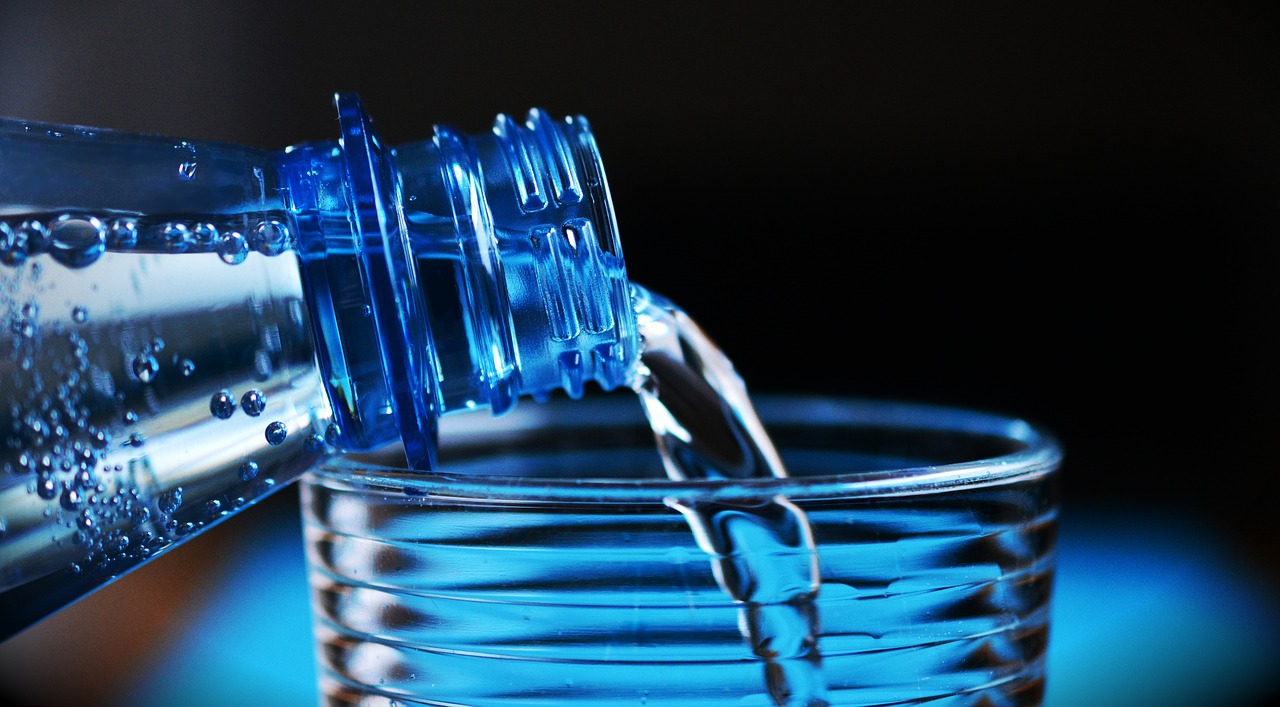What is Bioplastic? Here’s What You Need to Know
June 8, 2018

Bioplastic is a term used to describe a plastic component that is based, either wholly or partially, on organic biomass as opposed to petroleum. The organic biomass can include items such as corn oil, orange peels, grass, starch and plants.
Originally discovered back in 1926, by a French researcher Maurice Lemoigne, bioplastic has taken almost 100 years to come to prominence. A large number of bioplastic products are fully biodegradable which is making them popular and is increasing demand. They’re becoming more common in consumer and industrial products alike and we are now seeing them being used in everything from plastic bags to state-of-the-art medical devices.
Why are we seeing this shift to bioplastic? There’s a couple of big drivers – one reason is that organisations are recognising that consumers want to see a move towards a greener economy and another big driver is legislation….
The European Commission recently launched the first ever Europe-wide strategy on plastics and this is also a driving force behind companies moving towards bioplastics. According to the EC over 25 million tonnes of plastic waste is created by Europeans each year with fewer than 30% being recycled. Up to 85% of beach litter globally is consumer plastics which takes years to break down. This waste is causing damage to the environment and the aim of the strategy is to create a more circular economy that has less of an impact on the environment.
Innovative new bioplastics are leading the way and are turning this challenge into a positive. It is hoped that within the next decade 10% of the European plastic demand may be covered by bioplastics.
Biodegradable Plastics or Durable?
In a broad sense, bioplastics can be broken down into two separate areas:
- Durable
- Biodegradable Plastics
From an end users point of view, it can be hard to tell the difference. Durable bioplastics are used as an alternative to polyethylene terephthalate (PET) containers and bottles etc and can be recycled with traditional PET products but they won’t decompose.
On the other hand, biodegradable plastics such as the increasingly popular polylactic acid (PLA) do what they say on the tin, they will decompose and can be composted. This is what sets them apart because as we all know the vast majority of plastics won’t break down naturally.
Where is Bioplastics Used?
Even though they are currently used sparingly, the potential for bio-based plastics is huge. They are used in a lot of consumer products such as food containers, plastic shopping bags and disposable utensils.
World leaders such as IKEA and LEGO have also shown an interest in the area in recent times as they look to move to innovative bioplastics for packaging and products.
Coca Cola also recently announced a new ‘PlantBottle’ that’s partially made from plants and much more environmentally friendly.
Take a look at their short-animated movie….
A lot of new niche markets from food and healthcare are keen to do their bit and have green credentials and we are seeing them shifting towards bioplastics where possible. We’re also experiencing bioplastics being used for specialist engineering grade applications, for example electrical and electronic housing and enclosures.
At this stage bioplastic products are used nearly every industry – automotive, aerospace, agriculture, medical, telecoms, textiles…..
Popular Bioplastic – Polylactic Acid
Polylactic Acid (PLA) is created from renewable resources such as starch and sugar cane. PLA is one of the most popular bioplastics in the market place today. Products that use PLA can be easily produced from manufacturing equipment that has been designed to produce traditional plastic products. This helps to reduce costs and turn around times for companies making the switch – thus helping to make PLA a bioplastic of choice.
PLA is used in many of the products mentioned earlier but another common use for it is in shrink wrap products as it will constrict under intense heat; which is an important functional benefit in this context.
4 Advantages of Biodegradable Plastics
Reduced Footprint
The greatest advantage of biodegradable plastic products is their ability to leave a smaller footprint and a cleaner greener environment. With so much plastic waste being produced an alternative option is a welcome development.
Less Carbon Emissions
Another significant benefit is the small amount of carbon emissions during the manufacturing of bioplastics. Traditional plastic production produces far more emissions. The plastic holds carbon inside and releases it when it begins to decompose or is melted down. This adds to the greenhouse effect and global warming. Biodegradable products don’t contain the polluting carbons so as they decompose they are less harmful.
Quicker Breakdown
Biodegradable plastics take considerably less time to breakdown after use, so plastic will be no longer a dominant feature of landfills.
Renewable
As they are made from renewable sources – there’s plenty of raw materials around the world to choose from, including grass, plants and other organic materials. In some instances, bio degradable plastics use less energy to produce which further reduces their footprint.
Here’s a quick recap of some of the key benefits:
- They can reduce our carbon footprint.
- Less consumption of non-renewable raw materials.
- A reduction of non-biodegradable waste, which contaminates the environment.
- Increased energy savings in terms of production.
- Fewer harmful additives such as phthalates or bisphenol A.
- No adverse change to flavour or scent in food stored in bioplastic containers.
Learn More
Key Plastics regularly process biodegradable polymers for customer specific products. If you have the design of a component and require further assistance please get in touch with a member of our team. We can discuss your requirements and provide a solution that works for you.



